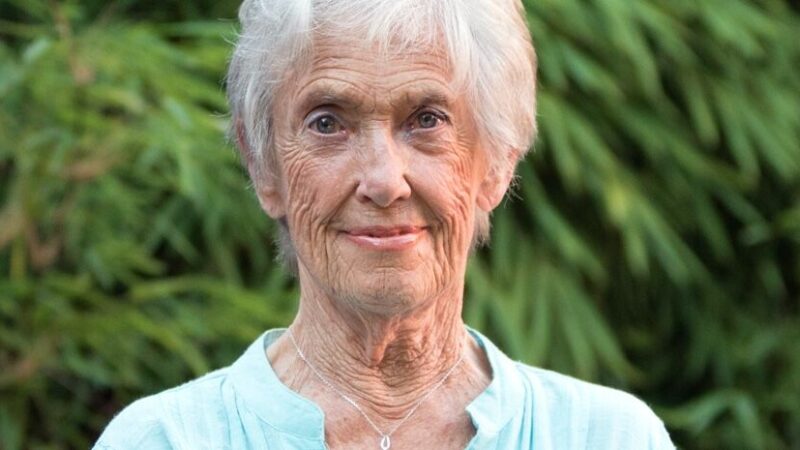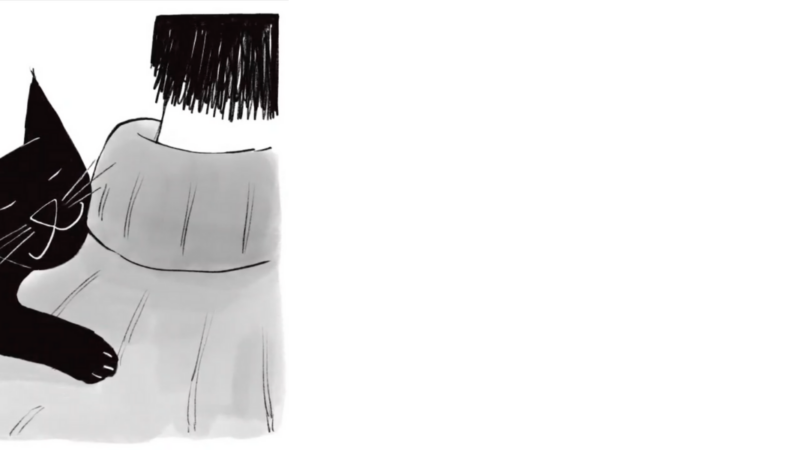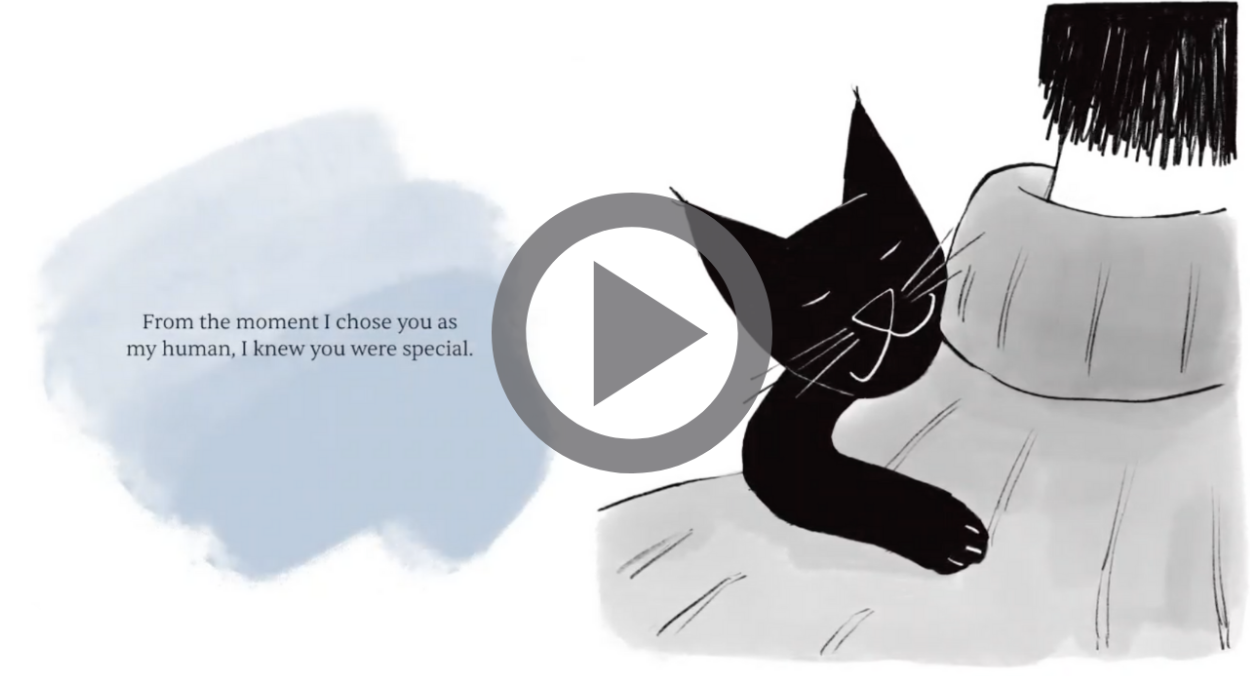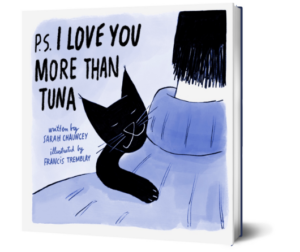-
E117: The Real Work: Letting Go from Within
Michael Singer — October 2, 2025
True spirituality isn’t about mystical experiences or lofty ideals—it’s about honestly facing...
-
Once More: Reflections on Reincarnation and the Gap Between Lives
Tami Simon — September 26, 2025
In this special reflection episode of Insights at the Edge host Tami Simon looks back on her...
-
Honey Tasting Meditation: Build Your Relationship with Sweetness
There is a saying that goes “hurt people hurt people.” I believe this to be true. We have been...
Written by:
Amy Burtaine, Michelle Cassandra Johnson
-
Many Voices, One Journey
The Sounds True Blog
Insights, reflections, and practices from Sounds True teachers, authors, staff, and more. Have a look—to find some inspiration and wisdom for uplifting your day.
Standing Together, and Stepping Up
Written By:
Tami Simon -
The Michael Singer Podcast
Your Highest Intention: Self-Realization
Michael Singer discusses intention—"perhaps the deepest thing we can talk about"—and the path to self-realization.
This Week:
E116: Doing the Best You Can: The Path to Liberation -
Many Voices, One Journey
The Sounds True Blog
Insights, reflections, and practices from Sounds True teachers, authors, staff, and more. Have a look—to find some inspiration and wisdom for uplifting your day.
Take Your Inner Child on Playdates
Written By:
Megan Sherer
600 Podcasts and Counting...
Subscribe to Insights at the Edge to hear all of Tami's interviews (transcripts available, too!), featuring Eckhart Tolle, Caroline Myss, Tara Brach, Jack Kornfield, Adyashanti, and many more.
Most Recent
Joanna Macy: We Belong: Hope, Choice, and Our Relation...
Dr. Joanna Macy is an ecophilosopher, activist, and Buddhist scholar who has been at the forefront of movements for social justice and environmentalism for more than five decades. She founded the Work That Reconnects Network and has written many books, including World as Lover, World as Self. In this episode of Insights at the Edge, Tami Simon speaks with Joanna about hope in times of chaos and dissolution, as well as how hope is something we do rather than just feel. Joanna and Tami discuss apathy as a refusal to face the inevitability of suffering and why the state of the environment can be especially heartbreaking. Finally, Tami and Joanna talk about our relationship with the earth as a natural birthright—one that is actually the source of all our energy and joy.
Being Witnessed In Grief Is A Powerful Balm For Healin...
Dear friends,
Two days after my cat, Hedda, died in 2016, my friend Francis sent me a sketch with a note “from” Hedda that read, in part, “P.S. I love you more than tuna.” Through my tears, I thought that would be a great book title. I had a clear vision: an illustrated gift book that people would give to friends, family, colleagues, or clients after the loss of their cat. A step beyond a sympathy card, this would be the first “empathy book” for adults grieving the loss of a cat.
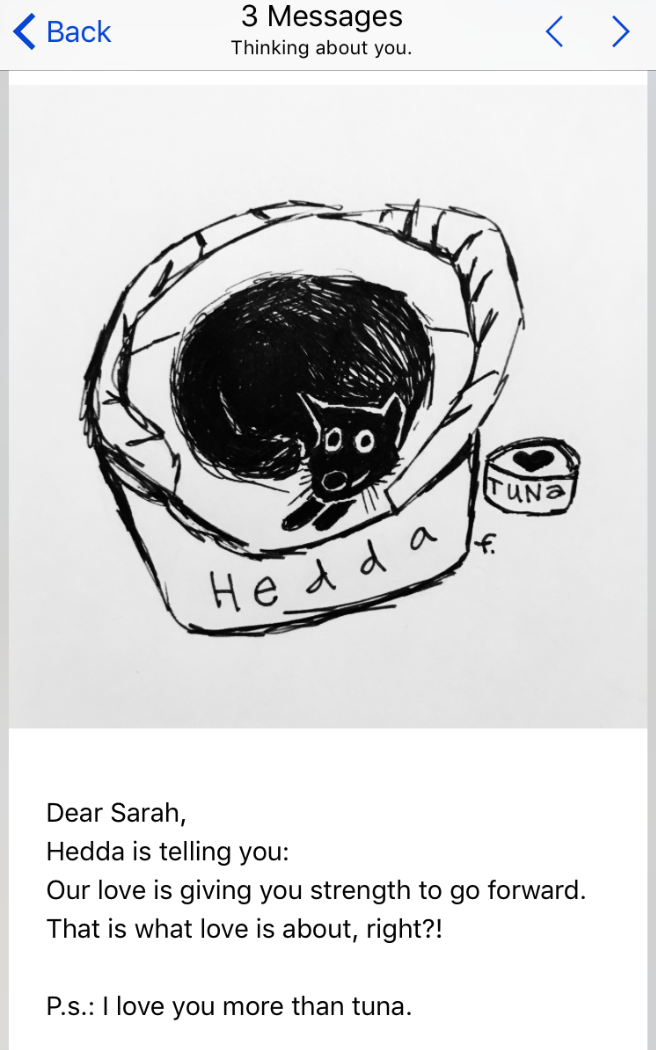
Inspired in part by Eckhart Tolle and Patrick McDonnell’s Guardians of Being and Charles M. Schultz’s Happiness is a Warm Puppy, P.S. I Love You More Than Tuna offers comfort and inspiration through New Yorker-style drawings and simple, evocative language. My goal was to make it heartfelt without being cloying.
Every year, six million Americans and Canadians must say a final goodbye to their cats—buddies who leapt into their hearts as kittens, purred away heartbreak through multiple breakups, snuggled by their side in homes large and small, and occasionally deleted folders of work by stretching out on a warm keyboard.
“Pet loss” is considered a disenfranchised form of grief; it’s not culturally sanctioned. We don’t have any universal rituals for this grief, like sitting shiva or holding a wake. This often leaves the bereaved feeling isolated and misunderstood, which compounds the grief and makes healing more difficult.
People grieving companion animals have a need to be seen, their grief validated. Being witnessed in grief is a powerful balm for healing.
Friends of those grieving companion animals are often at a loss for ways to show their support. P.S. I Love You More Than Tuna gives all of us the opportunity to make a profound impact with a simple gesture.
When Francis sent me the sketch and note, I felt seen. Francis’s gift acknowledged the bond I’d had with Hedda and my grief at her death. The present tense of the note also reminded me that Hedda was still with me, even if I couldn’t see her. That was significant in terms of helping me heal, and that’s the comfort I hope P.S. I Love You More Than Tuna will provide to other cat lovers.
Sounds True has created a lovely video preview for P.S. I Love You More Than Tuna. I hope you’ll check it out below.
Ultimately, I hope this book will benefit the world in multiple ways: for the recipient, witnessing and healing; for the giver, a tangible action they can take to help another; for Best Friends Animal Society, to which I’m donating 10 percent of my proceeds, contributing to their work of keeping pets in the home. This includes helping low-income people connect with resources they need to feed, train, and care for their companion animals. And of course, I hope this will benefit Sounds True and their work in the world, which is quickly becoming more needed than ever.
Take care,
Sarah Chauncey
Elizabeth Stanley: Trauma-Sensitive Mindfulness
Elizabeth Stanley is a Georgetown University professor and the creator of Mindfulness-based Mind Fitness Training (MMFT)®, an approach taught to thousands in civilian and military high stress environments. A U.S. Army veteran with service in Asia and Europe, she holds degrees from Yale, Harvard, and MIT. She is the author of the book, Widen the Window: Training Your Brain and Body to Thrive During Stress and Recover from Trauma. In this podcast, Tami Simon speaks with Elizabeth Stanley about her 8-session online course, Mindfulness-Based Mind Fitness Training: A Trauma-Sensitive Online Course to Build Resilience and Thrive During Stress. They also discuss why MMFT is a practice we can all benefit from; the value of expanding our “window of tolerance”; the relationship between personal agency and trauma; the “thinking” brain versus the “survival” brain; when stress becomes trauma; the importance of recovery from stressful situations; and more.
Customer Favorites
Kundalini Awakening
Tami Simon speaks with Dr. Lawrence Edwards, president of The Kundalini Research Network, as well as the founder of a kundalini support website, kundalinisupport.org. He is also a contributing author to a new anthology published by Sounds True entitled Kundalini Rising: Exploring the Energy of Awakening. Lawrence has practiced and taught meditation for over 35 years, is a board-certified neurotherapist, a licensed psychotherapist, and has been on the faculty of New York Medical College since 1998.
Lawrence discusses his own experiences with kundalini energy, the subtle body, and the kind of transformation that is possible with kundalini awakening. (53 Minutes)
Father Thomas Keating: Inviting the Presence of the Di...
Tami Simon speaks with Father Thomas Keating, a Trappist monk in the Cistercian Order who has served as abbot of Saint Joseph’s Abbey Monastery in Spencer, MA, for 20 years. He now resides at Saint Benedict’s Monastery in Snowmass, CO. He is the author of 20 books, as well as the Sounds True audio-learning course The Contemplative Journey. Father Keating is one of the architects of the contemporary Centering Prayer movement. In the second of a two-part series, Father Keating discusses death, the afterlife, and the transformative process that occurs when one engages regularly with the practice of Centering Prayer. (28 minutes)
Natalie Southgate: Chakradance
Natalie Southgate is an internationally respected teacher who drew upon her background in psychology, dance, and energy healing to create the ecstatic movement practice now known as Chakradance. With Sounds True, Natalie has released the DVD 7 Keys to Freedom and its companion CD of the same name. In this episode of Insights at the Edge, Tami Simon and Natalie Southgate talk about the origins, principles, and healing possibilities of Chakradance. They discuss the influence of music upon the chakras and why it is so important that we balance our energy centers in order to release pain and trauma. Finally, Natalie shares three pieces of music from the 7 Keys to Freedom CD—each designed to work with a different chakra.
(65 minutes)

